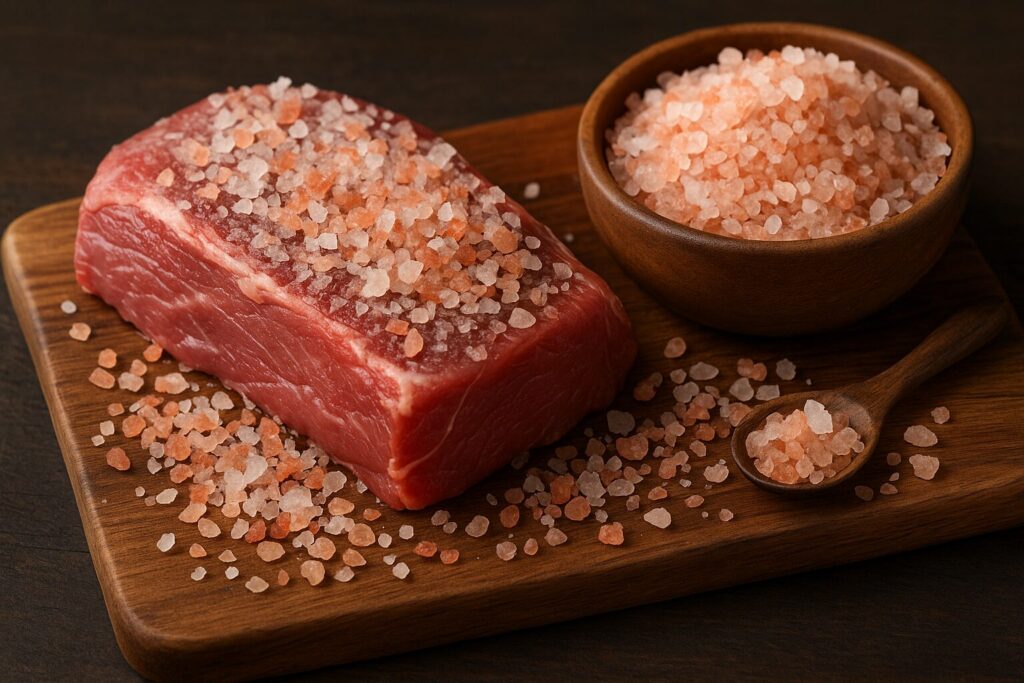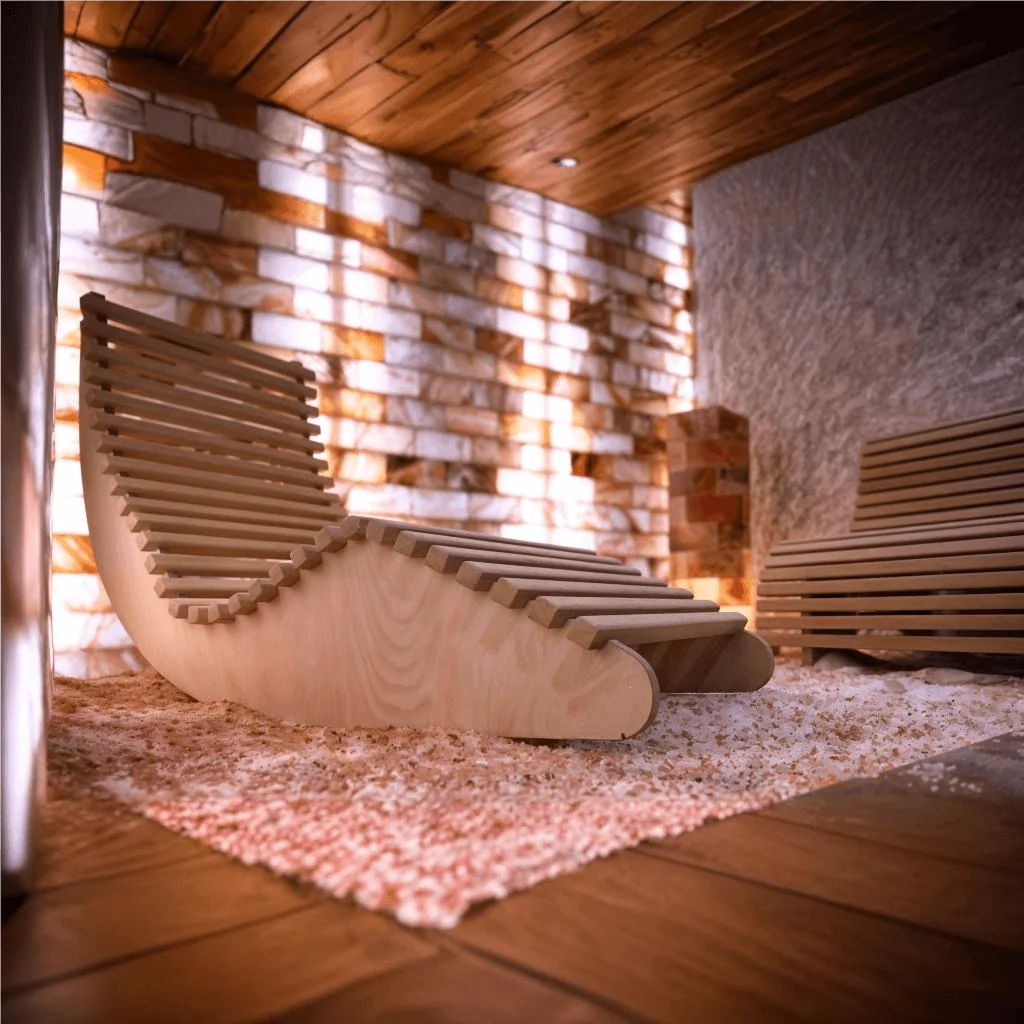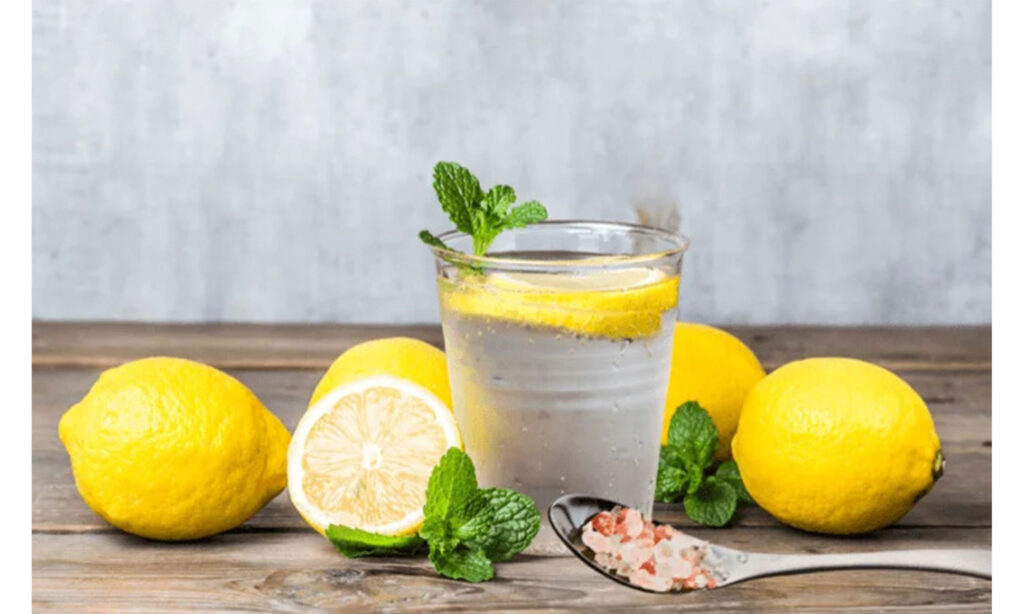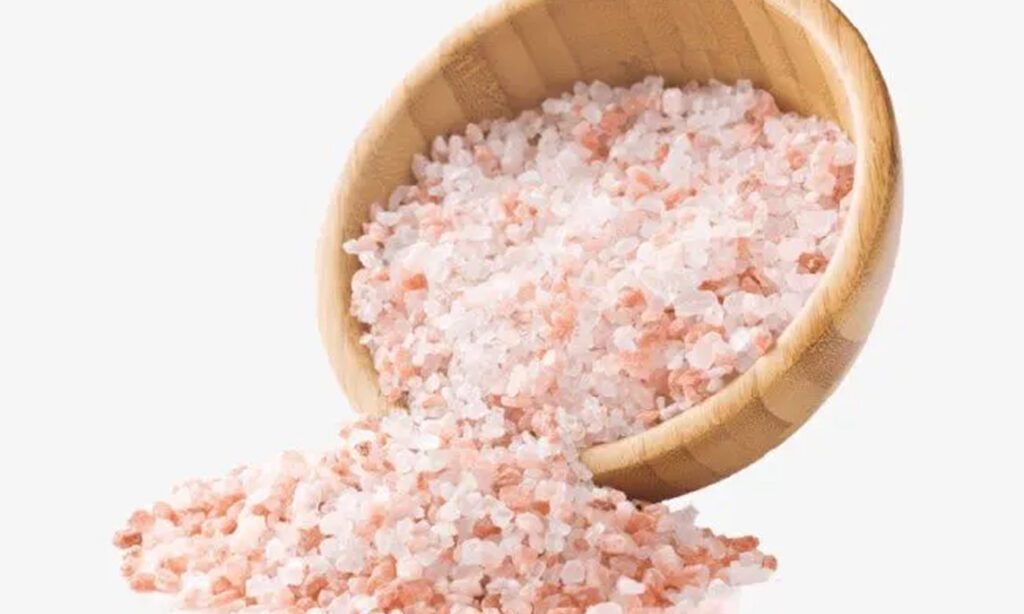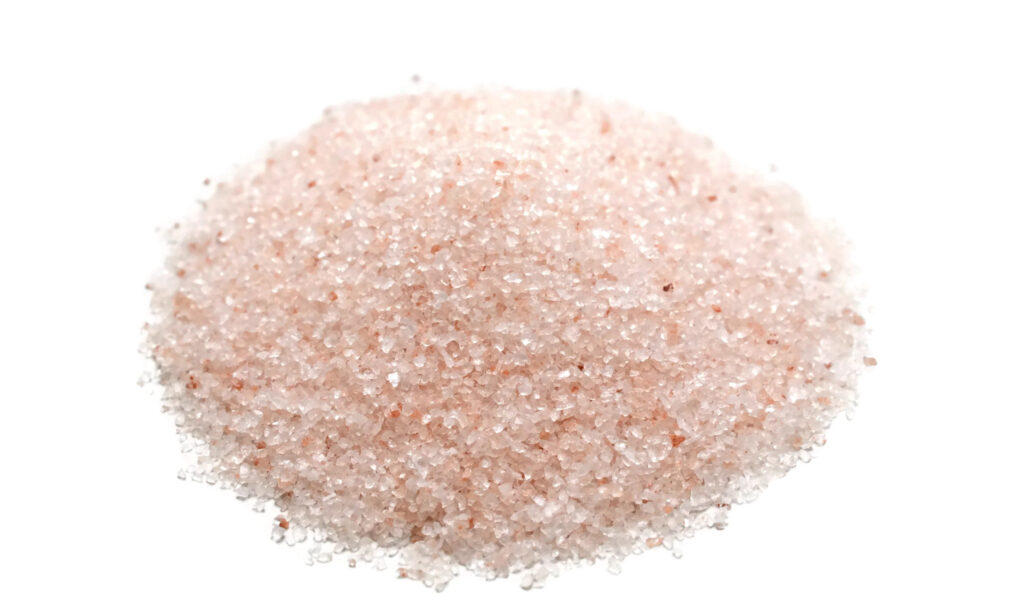In today’s fast-paced world, self-care has become a necessity rather than a luxury. One of the most effective and soothing self-care rituals involves using bath salts. These therapeutic salts, often infused with minerals and essential oils, offer a luxurious escape from daily stress while also benefiting the body and mind. Whether you’re new to this practice or looking to expand your self-care routine, this comprehensive guide will show you exactly how to use bath salts, the benefits they offer, and the unique varieties available.
What Are Bath Salts?
Bath salts are water-soluble minerals designed to be added to bathwater to enhance the bathing experience. They often contain unique minerals like magnesium, calcium, potassium, and sodium, which promote relaxation, reduce inflammation, and improve skin hydration.
Unlike edible salt used for cooking, bath salts are specifically formulated for topical use. However, both share mineral similarities, especially in varieties like Himalayan pink salt or Dead Sea salt some of which are naturally occurring and can be consumed in food-grade forms.
Types of Bath Salts
When choosing a bath salt, it’s important to understand the different types and their benefits:
1. Epsom Salt (Magnesium Sulfate)
Popular for soothing sore muscles, Epsom salt helps relieve tension and aids in detoxification. It’s a top choice among athletes and those with chronic pain.
2. Dead Sea Salt
Harvested from the Dead Sea, this type contains over 20 different unique minerals that can help with skin conditions like psoriasis and eczema.
3. Himalayan Pink Salt
This stunning pink salt is rich in minerals and has a detoxifying effect on the body. It’s also known for improving circulation and balancing the body’s pH.
4. Sea Salt
Sea salt is more coarse than table salt and includes minerals like calcium, magnesium, and potassium, which benefit the skin and muscles.
How to Use Bath Salts: A Step-by-Step Guide
If you’re wondering how to use bath salt properly for the ultimate relaxing experience, follow these easy steps:
1. Fill Your Bathtub with Warm Water
Start by filling your tub with warm water. The temperature should be comfortable, not too hot, to avoid drying out your skin.
2. Add Bath Salts
Add 1/2 to 2 cups of bath salts directly into the bathwater, depending on the size of your tub and your desired intensity. For instance, Dead Sea salt may be used in smaller amounts due to its high mineral content.
3. Stir the Water
Use your hand to gently stir the water, helping the salts dissolve completely. This allows the unique minerals to evenly distribute throughout the bath.
4. Soak for 20–30 Minutes
Relax and soak for at least 20 minutes. During this time, the minerals will be absorbed through your skin, easing tension and improving hydration.
5. Rinse Off (Optional)
Once you’re done, you can choose to rinse off in the shower to remove any salt residue. Gently pat yourself dry with a towel.
6. Moisturize
Finish your bath by applying a rich body lotion or natural oil like coconut or jojoba oil to lock in moisture.
How Do You Use Bath Salts for Specific Benefits?
If you’re still asking how do you use bath salts for different conditions or outcomes, here are a few tailored tips:
For Sore Muscles:
Use Epsom salt and soak for 30 minutes post-workout to relax muscles and reduce inflammation.
For Skin Detox:
Mix Dead Sea salt with essential oils like lavender or eucalyptus. This helps draw out toxins and clear up skin conditions.
For Stress Relief:
Combine Himalayan pink salt with a few drops of chamomile or ylang-ylang oil to create a calming environment for mental relaxation.
How to Use Bath Soak vs. Bath Salt
You might be wondering about the difference between a bath soak and bath salt. While the terms are often used interchangeably, a bath soak generally refers to a product that may include bath salts along with other soothing ingredients like oatmeal, milk powder, or essential oils.
How to Use Bath Soak:
- Add 1–2 scoops of the soak mix to your warm bath.
- Soak for 20–30 minutes while breathing deeply.
- Use a muslin bag or bath tea bag if the soak contains herbs or flowers to avoid clogging the drain.
Whether you’re using a bath soak or traditional bath salt, the goal is the same: relaxation, detoxification, and rejuvenation.
Bath Salt How to Use for Different Applications
Bath salts aren’t limited to full-body soaks. Here’s how to use them in alternative ways:
1. Foot Soak
Perfect after a long day, a foot soak can relieve pain and soften calluses.
- Add 1/2 cup of bath salt to a basin of warm water.
- Soak your feet for 15–20 minutes.
2. Hand Soak
Ideal for dry or tired hands, especially during winter.
- Mix 1/4 cup of bath salt in a bowl of warm water.
- Soak your hands for 10–15 minutes, then moisturize.
3. Exfoliating Scrub
Turn bath salt into a DIY body scrub by mixing it with coconut oil and a few drops of essential oil. Gently rub on damp skin to exfoliate.
Precautions When Using Bath Salts
Although bath salts are generally safe, here are a few precautions to keep in mind:
- Do not ingest bath salts unless they are clearly labeled as edible salt.
- If you have sensitive skin, test a small amount first to check for any irritation.
- Avoid if you have open wounds or infections.
- Pregnant women or individuals with medical conditions should consult a doctor before use.
DIY Bath Salt Recipe
If you’re into DIY projects, you can make your own bath salts at home with minimal ingredients.
Ingredients:
- 1 cup Epsom salt
- 1/2 cup sea salt or Himalayan pink salt
- 10 drops essential oil (e.g., lavender, eucalyptus)
- 1 tbsp baking soda (optional for softening water)
Instructions:
- Mix all ingredients in a bowl.
- Store in an airtight jar.
- Use 1–2 scoops per bath.
This mixture offers the same benefits as store-bought products and lets you customize the scent and texture.
Remember, the key to getting the most out of bath salts is choosing the right type for your needs and understanding how to incorporate them into your wellness routine. Whether you’re using edible salt derivatives like Himalayan pink salt or specialty salts packed with unique minerals, the benefits are both physical and emotional.
From relaxation and detox to pain relief and skin nourishment, bath salts offer a versatile and affordable way to practice self-care. Now that you know how to use bath salts, whether in your tub, as a scrub, or even as a bath soak, you can start transforming your home into a personal spa.
So the next time you’re feeling overwhelmed or physically drained, consider drawing a warm bath, sprinkling in your favorite bath salts, and letting the healing power of minerals do the rest.



